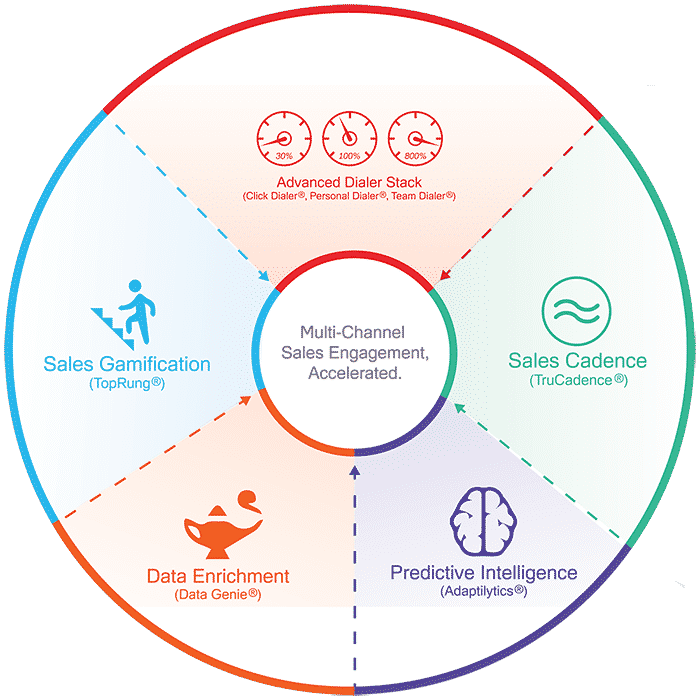The modern sales landscape is rapidly evolving, demanding more than just a good product pitch. Today’s sales teams need the right tools and resources to effectively engage prospects, nurture leads, and close deals. That’s where sales enablement platforms come in – they’re not just software; they’re strategic investments that fundamentally transform how a sales team operates. This article will delve into what these platforms are, why they’re crucial, and how they can dramatically improve your sales performance.
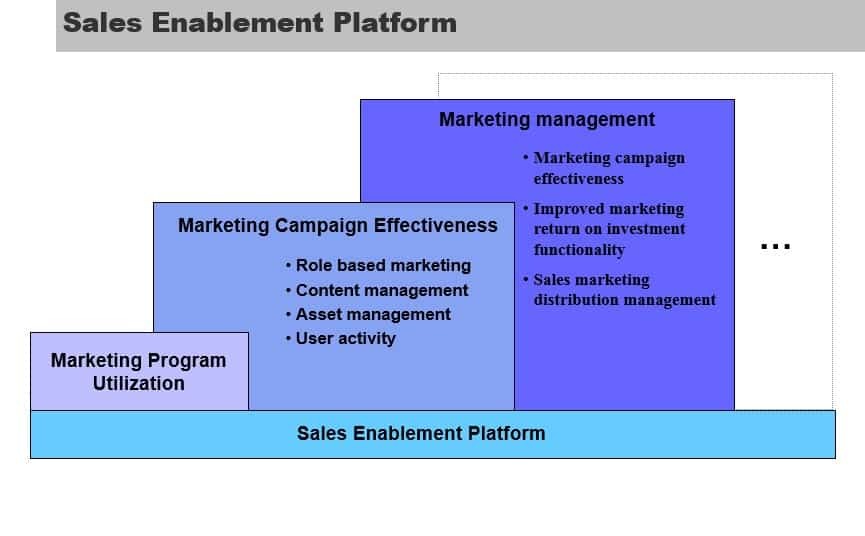
What are Sales Enablement Platforms?
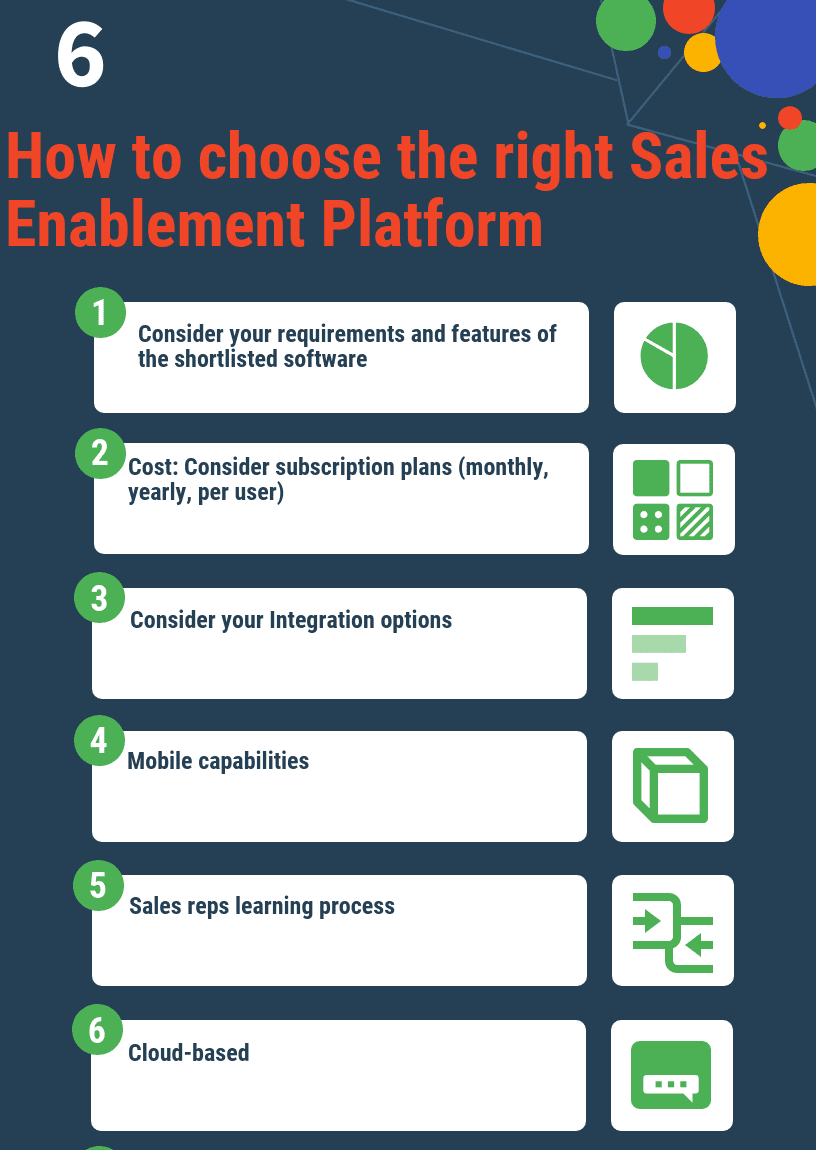
A sales enablement platform is a comprehensive suite of tools designed to empower your sales team. It goes beyond simple CRM functionality, offering a holistic approach to improving sales efficiency and effectiveness. Think of it as a digital assistant that provides sales reps with the information, training, and resources they need to succeed. These platforms typically include features like:
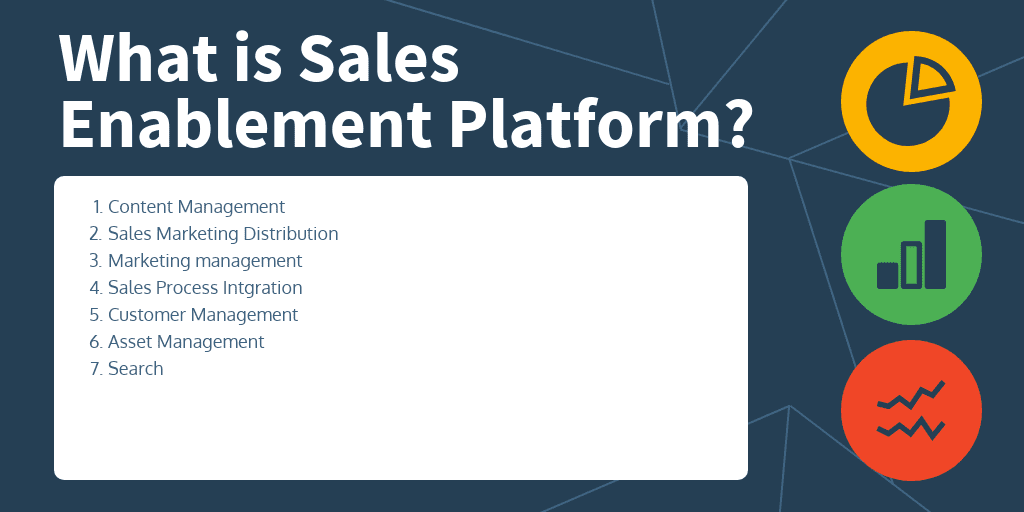
- Content Management: Centralized repository for sales materials – presentations, brochures, case studies, product demos – all easily accessible and updated.
- Sales Training & Coaching: Interactive training modules, webinars, and coaching tools to enhance skills and knowledge.
- Lead Scoring & Routing: Automated lead scoring based on behavior and data, ensuring the right leads are passed to the sales team.
- Sales Automation: Streamlined workflows for tasks like email follow-ups, meeting scheduling, and proposal creation.
- Collaboration Tools: A shared workspace for sales teams to communicate, share insights, and track progress.
- Reporting & Analytics: Data-driven insights into sales performance, allowing for continuous improvement.
Why are Sales Enablement Platforms Essential?
The benefits of implementing a robust sales enablement platform are numerous and far-reaching. Let’s explore some key reasons why investing in these tools is a smart move:

- Increased Productivity: By providing readily available, high-quality content and streamlined workflows, platforms significantly reduce time spent on administrative tasks and allow reps to focus on selling.
- Improved Lead Qualification: Advanced lead scoring and routing capabilities ensure that sales reps are focusing on the most promising opportunities, increasing conversion rates.
- Enhanced Sales Training: Ongoing training and coaching delivered through the platform keeps sales reps up-to-date on product knowledge, sales techniques, and industry trends.
- Better Collaboration: Centralized platforms foster better communication and collaboration among the sales team, leading to more informed decisions.
- Data-Driven Insights: Analytics provide valuable insights into sales performance, allowing for continuous optimization of sales strategies.
- Consistent Messaging: Ensures that all sales reps are delivering the same message, strengthening brand identity and building trust with prospects.
Key Features and Functionality
Several core features are typically found within a comprehensive sales enablement platform. Here’s a closer look at some of the most important:

- Content Library: This is the heart of many platforms. It’s a searchable database of all sales materials – presentations, case studies, product documentation, FAQs – that can be easily accessed and shared.
- Workflow Builder: Allows sales reps to create custom workflows for lead nurturing, qualification, and follow-up.
- Email Integration: Seamless integration with email clients allows for automated email sequences and personalized outreach.
- Social Media Integration: Connects with social media platforms to share content and engage with prospects.
- Mobile Accessibility: Many platforms offer mobile apps, enabling sales reps to access and manage content on the go.
- Customizable Dashboards: Provides a clear overview of key sales metrics and performance indicators.
Specific Examples of Sales Enablement Platform Functionality
Let's look at how some popular platforms might function in practice. Consider Salesforce Sales Cloud with a dedicated enablement module, HubSpot Sales Hub, or Medallia. Each offers a slightly different approach, but they all share the core principles of empowering sales teams.

- Salesforce Sales Cloud: Salesforce’s Sales Cloud offers a robust suite of features, including a dedicated Sales Enablement module that allows you to create and manage content, track training, and automate workflows. This is particularly effective when integrated with other Salesforce products.
- HubSpot Sales Hub: HubSpot’s Sales Hub provides a user-friendly interface for managing sales materials, tracking lead progress, and automating email sequences. Its focus on inbound marketing aligns well with a sales enablement strategy.
- Medallia: Medallia is a more advanced platform often used by larger organizations. It offers a highly customizable solution with robust analytics and reporting capabilities.
Choosing the Right Sales Enablement Platform
Selecting the right sales enablement platform is a critical decision. Several factors should be considered:
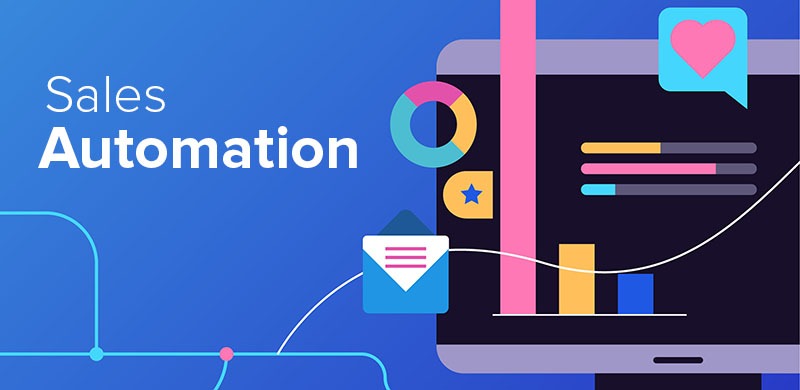
- Company Size & Complexity: Smaller businesses may benefit from simpler, more affordable platforms, while larger enterprises require more robust and scalable solutions.
- Sales Process: The platform should align with your specific sales process and workflows.
- Integration Needs: Ensure the platform integrates with your existing CRM, marketing automation, and other business systems.
- Budget: Sales enablement platforms vary significantly in price.
- User-Friendliness: The platform should be easy for your sales team to learn and use.
The Future of Sales Enablement
The field of sales enablement is constantly evolving. Emerging trends include:

- AI-Powered Recommendations: AI is increasingly being used to personalize content and provide sales reps with targeted recommendations.
- Virtual Reality (VR) & Augmented Reality (AR): These technologies are being explored to create immersive training experiences.
- Predictive Analytics: Platforms are incorporating predictive analytics to identify high-potential leads and optimize sales strategies.
Conclusion
Sales enablement platforms are no longer a luxury; they are a necessity for businesses striving to achieve sustainable growth. By providing the right tools and resources, these platforms empower sales teams to be more productive, more effective, and ultimately, more successful. Investing in a robust sales enablement strategy is an investment in the future of your sales organization. Don’t underestimate the power of a well-designed platform – it can be the key to unlocking significant improvements in your sales performance.
